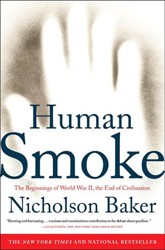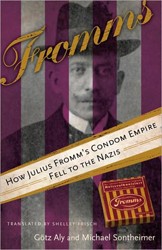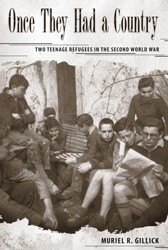In some ways, it’s remarkable that Charles Lindbergh remains such a bogeyman for American Jews. He was not a political, military, or religious leader who persecuted Jews; the famous aviator never had any power to wield. Unlike Henry Ford or Charles Coughlin, he did not repeatedly hammer home attacks on the Jewish people in radio or in print. Lindbergh’s notorious anti-Semitic remarks came as a small part of his speeches opposing American intervention in World War II, most infamously, in a speech in Des Moines.
But “Lindy” remains an enduring symbol to Jews, largely, as Lynne Olson’s new book suggests, because of how he continues to be the leading example of those who opposed American entry into the war in the twenty-seven months between the time Germany invaded Poland and Japan attacked Pearl Harbor. Her book looks at the role Lindbergh played in the isolationist movement, attempting to counter and stop President Franklin D. Roosevelt and the nation’s interventionists. Lindbergh is by no means the only isolationist discussed — John F. Kennedy and Gerald Ford were some of the movement’s more famous “graduates” — nor is he the most pronounced anti-Semite, but Olson wraps her narrative around him, his wife Anne, and his family.
Interestingly, just as the aloof Lindbergh comes off as ill-fitted for his role — his inability to gauge or absorb public reaction made him the wrong person to be a central figure in a political movement — Roosevelt doesn’t come off well, either. Skittish about fighting with Congress after losing his court-packing fight, FDR was reluctant to push too fast too soon; he would make soaring statements that would rouse the nation into action and then follow that with inaction. It took Pearl Harbor to fully wake Roosevelt’s sleeping tiger for one of the nation’s greatest challenges ever.
Besides discussing the era’s extreme nastiness, Olson lays out how the battle was a prelude for the nasty post-war fight over Communism. The names changed (some of them anyway) but the rhetoric of 1939 – 41 about un-American activities set up similarly vicious fights as the Cold War reshaped global battle lines. And certainly the minions of Joseph McCarthy were aided by the types of covert tactics employed during these years to smear one’s foes. That bridge across eras is one of the more compelling revelations of this genuinely compelling book. Bibliography, endnotes, index, photos.
Related: The Plot Against America by Philip Roth





